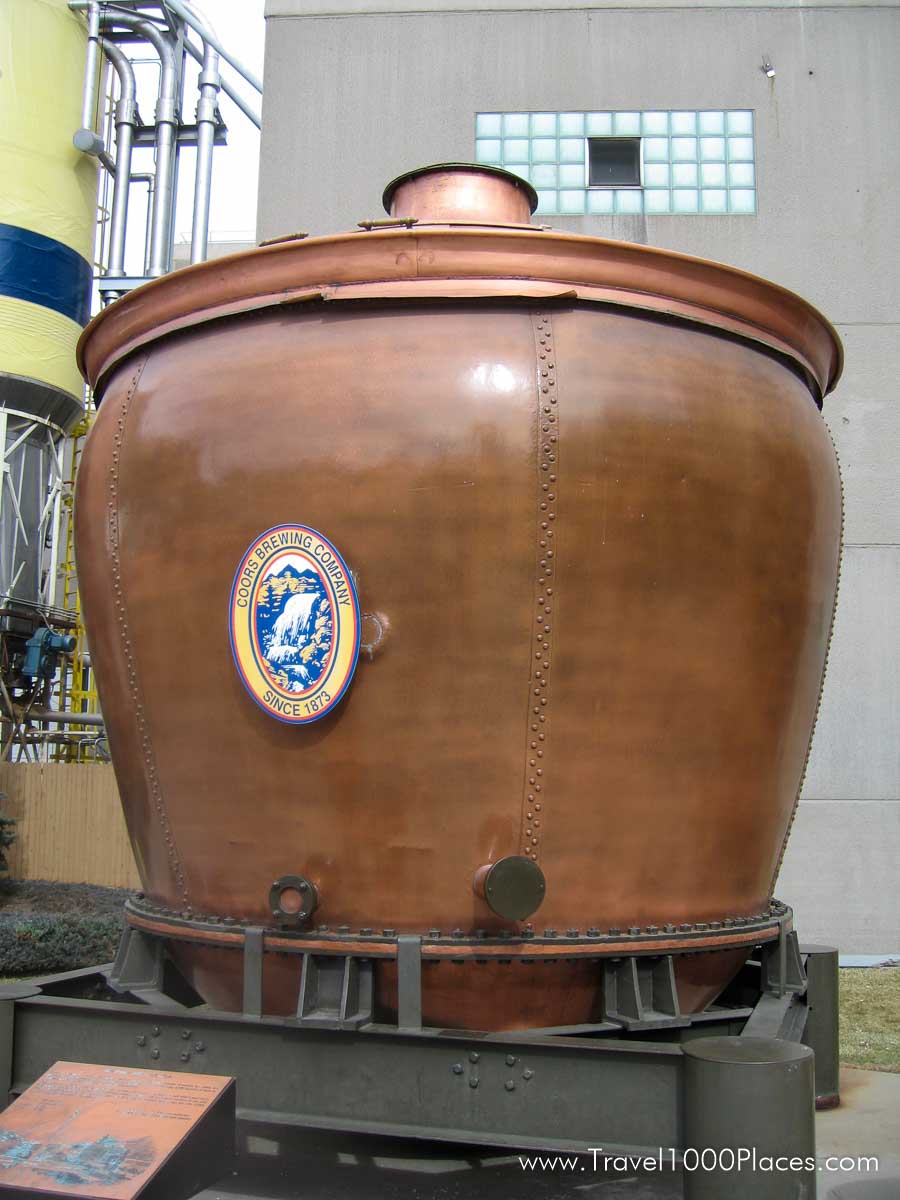
Adolph Coors was born in 1847 in Barmen, Prussia. At 14 years old, Adolph found what would become his life’s work when he began an apprenticeship at the Henry Wenker Brewery in Dortmund, Germany.
Adolph worked in the brewing industry until he was 21 years old, when war and unrest in his country caused him—like half a million other Germans to seek opportunity in America. Stowing away on a ship bound for the United States, Adolph arrived in Baltimore in 1868 with no money and no job. What he had was a dream to have a brewery of his own.
Heeding Horace Greeley’s thenpopular refrain, “Go West, young man, go West,” Adolph began his journey across America. The young immigrant earned his living along the way as a bricklayer, stonecutter and laborer before hiring on as the foreman at the Stenger Brewery in Naperville, Illinois, in late 1869.
Working his way on the railroad, Adolph came to Denver, Colorado, in 1872. In 1873, three years before Colorado became the 38th state, Adolph joined Jacob Schueler to open “The Golden Brewery.” Schueler, one of Adolph’s bottling customers, provided $18,000 for the venture, while Adolph, now just 26 years old, contributed his $2,000 savings, his expertise and his enthusiasm.
By 1880, the company was so successful that Adolph was able to buy out his partner and become the brewery’s sole owner.
By 1890, the brewery’s annual output had grown to 17,600 barrels (a barrel is 31 gallons), up from just 3,500 barrels 10 years earlier. The company was now firmly established. Over the next decade, it would thrive despite a national depression, a devastating flood and the growing threat of Prohibition.
On January 1, 1916, Prohibition became a reality in Colorado. By 1920, it had spread to all states. Working together, Adolph and his three grown sons found ways to keep the brewery open and their operations profitable during what became 18 long, dry years.
Coors was more fortunate than most U.S. brewers. Of the 1,568 breweries operating in 1910, only 750 reopened after Prohibition was repealed in 1933.
Although Adolph died in 1929 before Prohibition ended, he lived long enough to know his company would not only survive, but prosper. Coors successfully expanded its market to include 11 Western states.
In 1945, the year World War II ended, Coors produced 300,000 barrels of beer, double the prewar level. During the next decade, sales continued to climb, topping 1 million barrels in 1955.
During this postwar period, Coors and other brewers began to experiment with various types and sizes of packaging. At the time, kegs and bottles were still the primary means of selling beer.
In 1959, after several years of development, Coors introduced the country’s first allaluminum twopiece beverage can. That same year, the company launched a recycling revolution by offering a penny for every can returned to the brewery.
Ongoing technological innovations went hand in hand with the company’s growth during the 1960s and 1970s, and several successful subsidiary companies were created during that time to expand and market those technologies.
Coors’ transition from a regional to international brewer began in the 1970s, when the company started expanding both its product line and distribution.
Coors’ limited distribution left consumers in the eastern United States clamoring for a taste of the Rocky Mountains’ finest beer, and many of them went to great lengths to experience what became known as the “Coors Mystique.” Former President Gerald Ford was known to return from his “western White House” in Colorado accompanied on Air Force One by several cases of Coors.
In 1978, Coors introduced the popular Coors Light brand—dubbed the Silver Bullet—which was destined to become one of the country’s bestselling beers. Since then, the company has successfully introduced a wide array of superiorquality mainstream and specialty beers.
By 1991, Coors was available in all 50 states. Under the direction of fourthgeneration Peter Coors, the company began the 90s by reaching a longsought goal of becoming the nation’s thirdlargest brewer and experiencing the fastest volume growth rate in the industry. Not only that, but the company started expanding internationally. Coors products are now sold in about 30 international markets.
On February 2, 2002, the company purchased the majority of the assets of Bass Brewers in the United Kingdom from Interbrew S.A. and formed Coors Brewers Limited—the secondlargest brewer in the U.K with the U.K’s bestselling lager brand, Carling. In addition to increasing the company’s total sales volume by about 40 percent, the acquisition boosted Coors’ presence in the international beer business and moved the company onto the roster of the world’s top 10 brewers.
On February 9, 2005, Coors merged with Molson Brewing Company in a merger of equals that created a new company, Molson Coors Brewing Company, with the operating scale and balance sheet strength to take a leading role in the consolidating global brewing industry. The combined beer sales make Molson Coors Brewing Company one of the world’s largest brewers.
Today, with annual sales at nearly 50 million barrels worldwide, Molson Coors remains at the forefront of the brewing industry, building on a rich heritage to meet the needs and expectations of its consumers.

